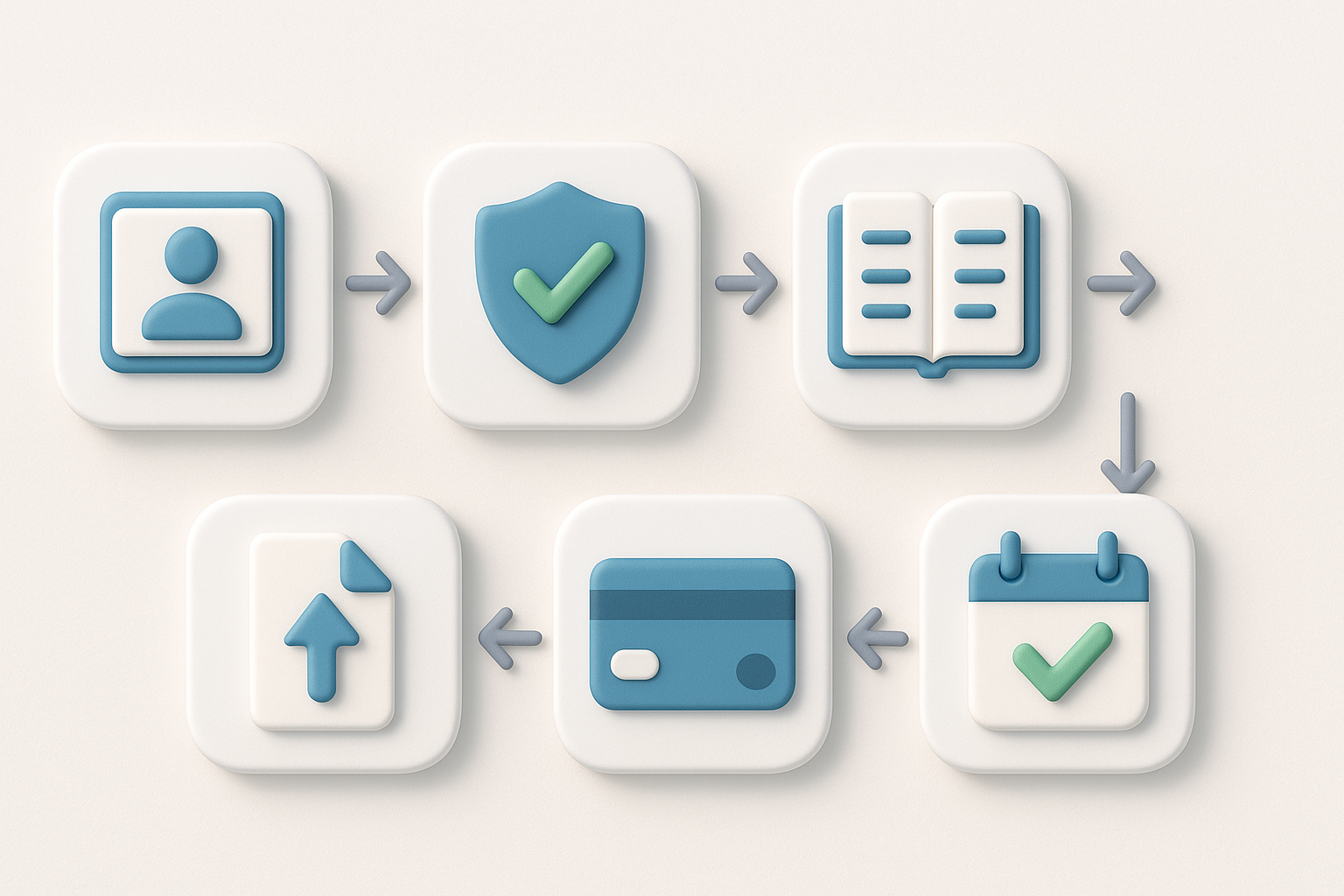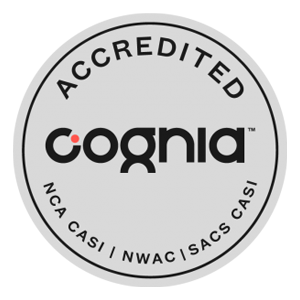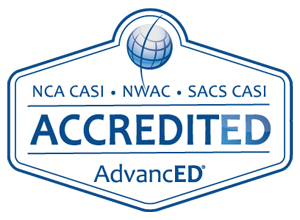Online GED Testing: Your Complete Guide
Online GED testing has revolutionized how millions of Americans earn their high school equivalency credentials, offering unprecedented flexibility and accessibility to students nationwide. This comprehensive guide walks you through every aspect of the remote test process, from initial registration to receiving your GED certificate, ensuring you have all the information needed to pass your educational journey exam.
Understanding the GED Credential
The General Educational Development credential serves as a nationally recognized alternative to traditional high school equivalency completion.
The Purpose of the GED
The GED exam primarily benefits adults who left high school early, recent immigrants seeking educational credentials, and working professionals needing formal qualifications for career advancement. Employers across all industries recognize the GED test as equivalent to a high school diploma, while colleges and universities accept it for admissions purposes. Military branches also accept GED test takers for enlistment, and federal financial aid programs treat GED recipients identically to traditional graduates.
Differences Between a GED and a High School Diploma
The GED diploma carries equal legal weight and acceptance as a traditional high school diploma in employment and higher education settings. Common myths suggesting GED test takers face discrimination are largely outdated, as ninety-eight percent of colleges accept GED credentials for admission. The primary difference lies in the test format versus coursework completion, though both credentials demonstrate equivalent academic competency and open identical doors. See our graduation requirements for details.

Why Opt for Online GED Testing?
Remote GED testing offers modern conveniences while maintaining the integrity and rigor of traditional testing center environments.
Key Benefits of Online Test
Online GED testing provides twenty-four-hour schedule flexibility, allowing students to take the GED exam when they feel most prepared and alert. The online proctored GED test environment uses advanced monitoring technology to ensure test security while letting you work from your comfortable home setting. You avoid commute time and testing center anxiety, can use your familiar computer equipment, and maintain privacy throughout the exam process.

Factors to Consider Before You Begin
Before starting online test preparation, complete the GED Ready practice test assessments to gauge your readiness level and identify knowledge gaps. Most states require test takers to be at least sixteen years old, though some mandate eighteen without special waivers. Consider whether your learning style suits independent online GED testing versus classroom support, and honestly assess your self-discipline for maintaining focus during lengthy GED exam sessions.
Registration and Scheduling
Getting started with online GED testing requires creating a free account and carefully planning your test schedule.
Creating a GED.com Account
Visit GED.com and click the register button to begin your free account setup process with basic personal information. You will need to provide your legal name matching government identification, current address, date of birth, and contact details. The GED Testing Service system will verify your eligibility based on state requirements and prompt you to upload any necessary documentation before activating your test dashboard.
Setting Your Testing Schedule
After account approval, select which of the four GED test subjects you want to tackle first based on your preparation level. Each subject test requires separate test fee payment, typically processed through credit card or debit card on the secure platform. Once payment clears, choose your preferred test appointment date and appointment time slot, then receive an email confirmation with login instructions and technical requirements.

Eligibility Requirements
Each state maintains specific eligibility criteria that all GED test candidates must meet before testing.
Age and Educational Criteria
Most states set the minimum test age at eighteen, though many allow sixteen-year-olds and seventeen-year-olds to take the GED with additional requirements. You must provide documentation proving you are not currently enrolled in high school and have officially withdrawn from any secondary education program. Some states require proof of state residency for at least thirty days, while others accept out-of-state test takers with proper identification.
State-Specific Rules and Waivers
States like California and New York require minors to obtain parental consent forms signed by guardians before GED test eligibility approval. Texas mandates attendance in preparation programs for candidates under eighteen, while Florida requires court orders or school board recommendations. Some jurisdictions impose a waiting period after leaving high school, and military personnel often receive expedited processing with proper command authorization documentation.
Device and Internet Setup
Technical preparation ensures your online GED test experience proceeds smoothly without interruptions or compatibility issues.
Creating a Distraction-Free Environment
Your computer must run Windows 10 or newer, or macOS 10.14 or later, with Chrome or Edge browsers updated to current versions. The GED Testing Service LLC platform requires a functioning webcam, microphone, and speakers for proctor communication during the exam. Run the official system check tool at least forty-eight hours before test day to verify all components work properly and download any required software updates.
Creating a Distraction-Free Environment
Choose a quiet private testing room where you can close the closed door and prevent interruptions from family members or pets. Ensure your reliable internet connection maintains consistent speeds to meet bandwidth requirements by testing your internet connection meet standards beforehand. Remove all strictly prohibited materials from your desk area including mobile phones and personal items, position adequate lighting to avoid on screen glare, and disable phone notifications that might disrupt concentration.

Test Subjects Overview
The GED exam consists of four subject test assessments measuring high school equivalency level academic skills and knowledge.
Language Arts and Social Studies
The Reasoning Through Language Arts test evaluates reading comprehension through passages, grammar and language mechanics, and critical thinking skills through essay writing. Social Studies covers United States history from colonization through modern times, civics and government structures, basic geography concepts, and economics fundamentals. Both tests emphasize analyzing texts, evaluating arguments, and applying reasoning skills to real-world scenarios using various question types including multiple choice and drop down formats.
Math and Science
Mathematical Reasoning tests basic algebra including linear equations and functions, geometry concepts like area and volume math calculations, and data interpretation from graphs and charts. The Science test covers scientific method and experimental design, physical science including basic physics and chemistry, life science topics from cells to ecosystems, and Earth science fundamentals, all emphasizing scientific reasoning over memorization. Students can use the onscreen calculator for math calculations and the onscreen scratch pad for working through problems.

Costs, Payments, and Retake Policies
Understanding test fee structures and retake policies helps students budget appropriately for their GED journey.
Fee Structures by State
Most states charge between thirty-six and forty-six dollars per subject test, totaling approximately one-hundred-fifty dollars for all four GED exams. Some states like Connecticut and Maine subsidize costs for residents, offering reduced test fees or vouchers for qualifying individuals. Additional administrative fees may apply for expedited GED test scores, duplicate transcripts, or test accommodations, so check your state’s specific pricing structure before you register.
Retake Guidelines and Discounts
Test takers receive two attempts per subject within twelve months of the initial GED test at reduced rates. Most states enforce no waiting period for the first two retakes, though a sixty-day wait applies after the third attempt. Many GED testing programs offer bundled pricing for all four subjects paid upfront, providing savings of twenty to forty percent compared to individual test fees.

Free Study Resources and Tips
Effective preparation using quality free resources significantly improves your chances to pass on the first attempt.
Online Practice Test Materials
The official GED Ready test costs six dollars per subject but provides the most accurate score predictions available. Khan Academy offers completely free comprehensive lessons aligned with GED test content standards across all four subject areas. Additional free resources include public library databases with sample questions, YouTube channels dedicated to GED preparation, and state-sponsored adult education websites providing downloadable study tips and guides.
Strategies for Efficient Studying
Create a realistic study schedule allocating at least two hours daily across different subjects to maintain engagement and retention. Focus extra time to prepare for your weakest areas identified through practice test results while maintaining skills in stronger subjects. Use active learning techniques like summarizing concepts aloud, teaching material to others in person, and applying knowledge through sample questions rather than passive reading alone.
Testing Accommodations
The GED Testing Service LLC provides various accommodations ensuring equal access for test takers with documented disabilities.
Qualifying for Accommodations
Submit medical documentation from licensed healthcare providers detailing your specific disability and its impact on test performance. Common accommodations include extended time up to double standard duration, frequent breaks, large print or audio test formats, and separate testing room arrangements. Learning disabilities, ADHD, physical impairments, and chronic health conditions typically qualify when properly documented by qualified professionals within three years.
How to Submit Your Request
Upload accommodation documentation directly through your GED.com account at least thirty days before your intended test appointment date. The review process typically takes ten to fifteen business days, though complex cases may require additional time. Once approved, your accommodations automatically apply to all future GED test appointments, though you can modify or update them by submitting new documentation as needs change.

Conclusion and Next Steps
Successful completion of your GED opens numerous educational and career opportunities previously unavailable without a high school equivalency credential.
Transcripts and Diplomas
Official GED test scores become available within three to five business days after passing your final subject test. Most states mail physical GED diplomas within two to three weeks, though electronic GED certificates are immediately accessible through your account. Colleges and employers can verify your credentials instantly using the GED Testing Service online portal with your permission and authorization code provided.
Educational and Career Opportunities
Community colleges typically offer direct enrollment for GED graduates into degree programs or career certificate tracks without additional test requirements. Universities accept GED credentials for admission though may require supplementary SAT or ACT exam scores for competitive programs. Career opportunities expand significantly with GED completion, qualifying students for apprenticeships, military service, professional certifications, and positions requiring high school equivalency education.
























